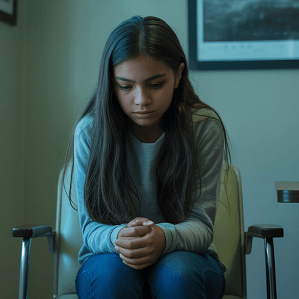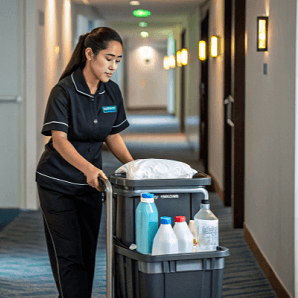A new national study reveals that adolescents’ chances of being screened for depression depend heavily on where they live, their race, and the type of doctor they see. Using data from nearly 179,000 privately insured teens between 2016 and 2021, researchers found that only 23% received a depression screening during a well visit—despite national guidelines recommending it.
Teens living in areas with higher social vulnerability were generally less likely to be screened. But for those predicted to be Black, the trend reversed: Black adolescents in high-risk areas were more likely to be screened than their peers. Researchers suggest this may be due to greater access to pediatricians in urban areas, where Black teens were more likely to live and where screening rates were higher.
Provider type played a major role. Pediatricians were nearly 10 times more likely to screen for depression than family medicine doctors. Yet, much of the variation in screening rates came down to practice-level behavior. When researchers accounted for the specific clinic a teen visited, the influence of social vulnerability and race diminished—but remained significant.
The findings highlight persistent disparities in mental health care access and delivery. Teens in high-risk areas who aren’t Black, and those seen by non-pediatric providers, are less likely to be screened—potentially missing early intervention for a serious condition.
See “Social Vulnerability and Racial Disparities in Depression Screening of US Adolescents, 2016 to 2021” (July 3, 2025)



